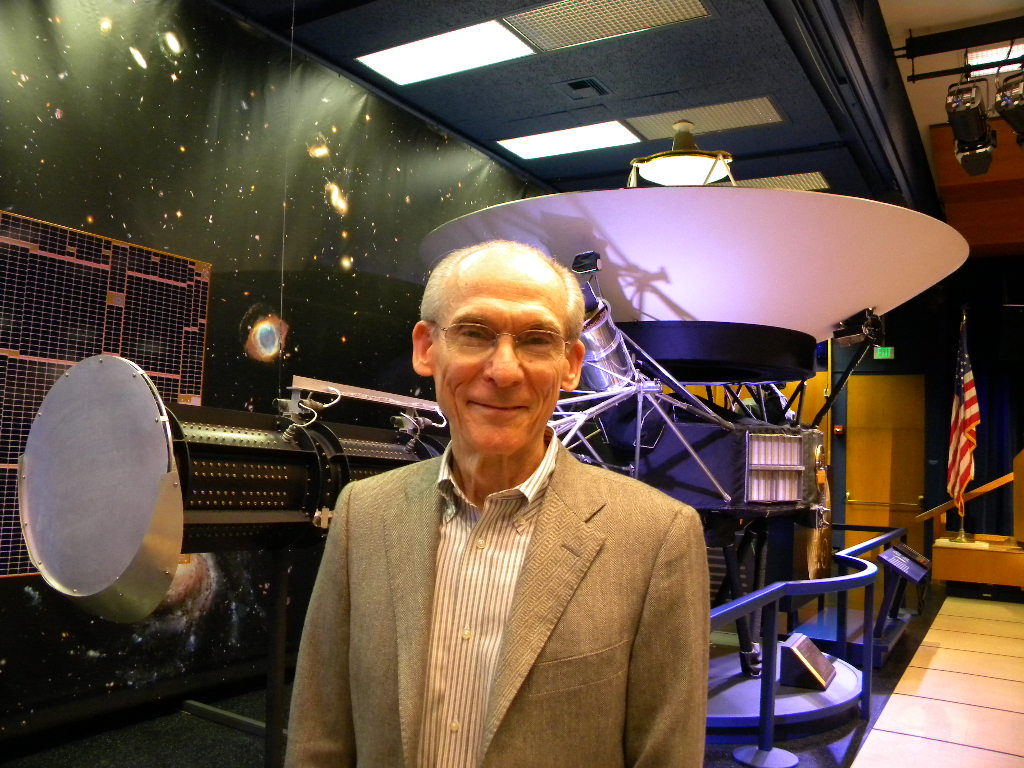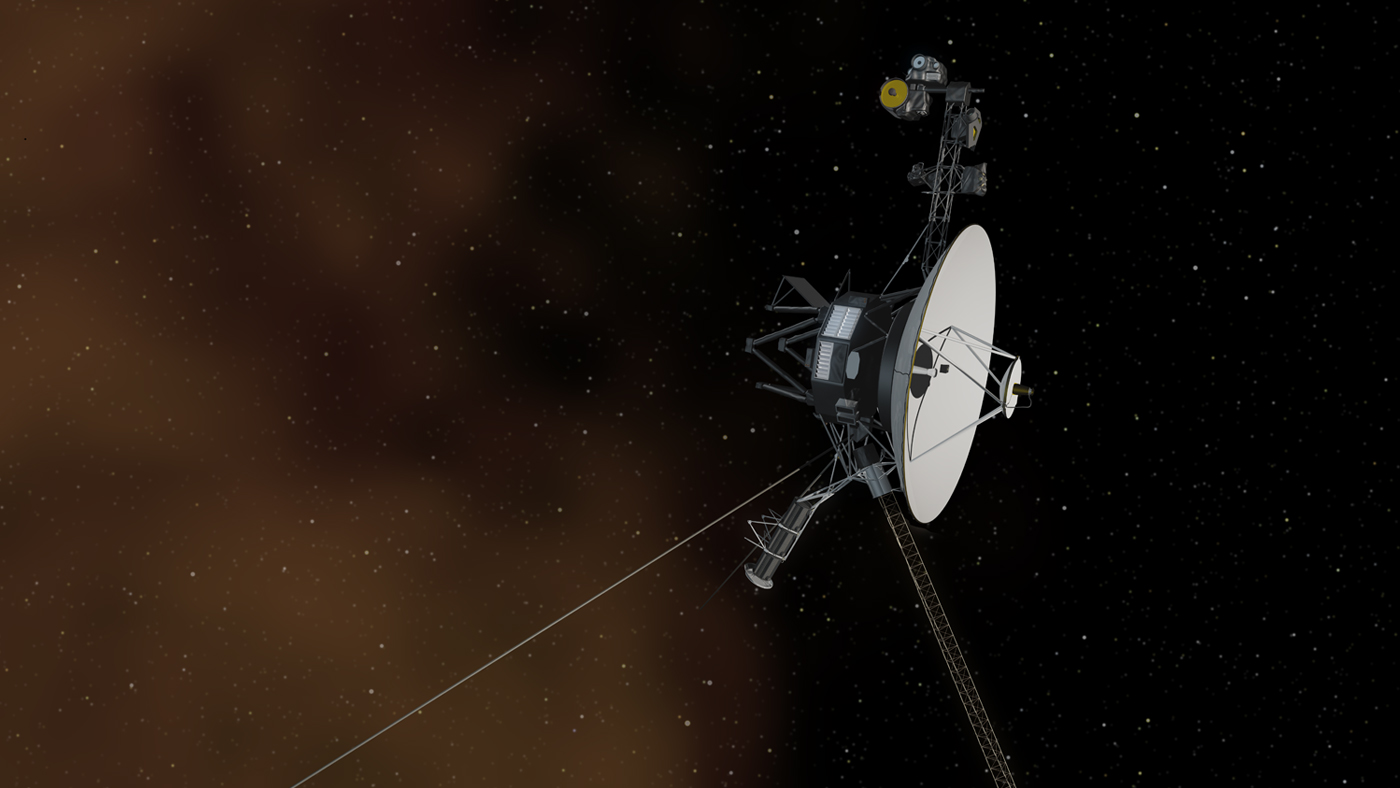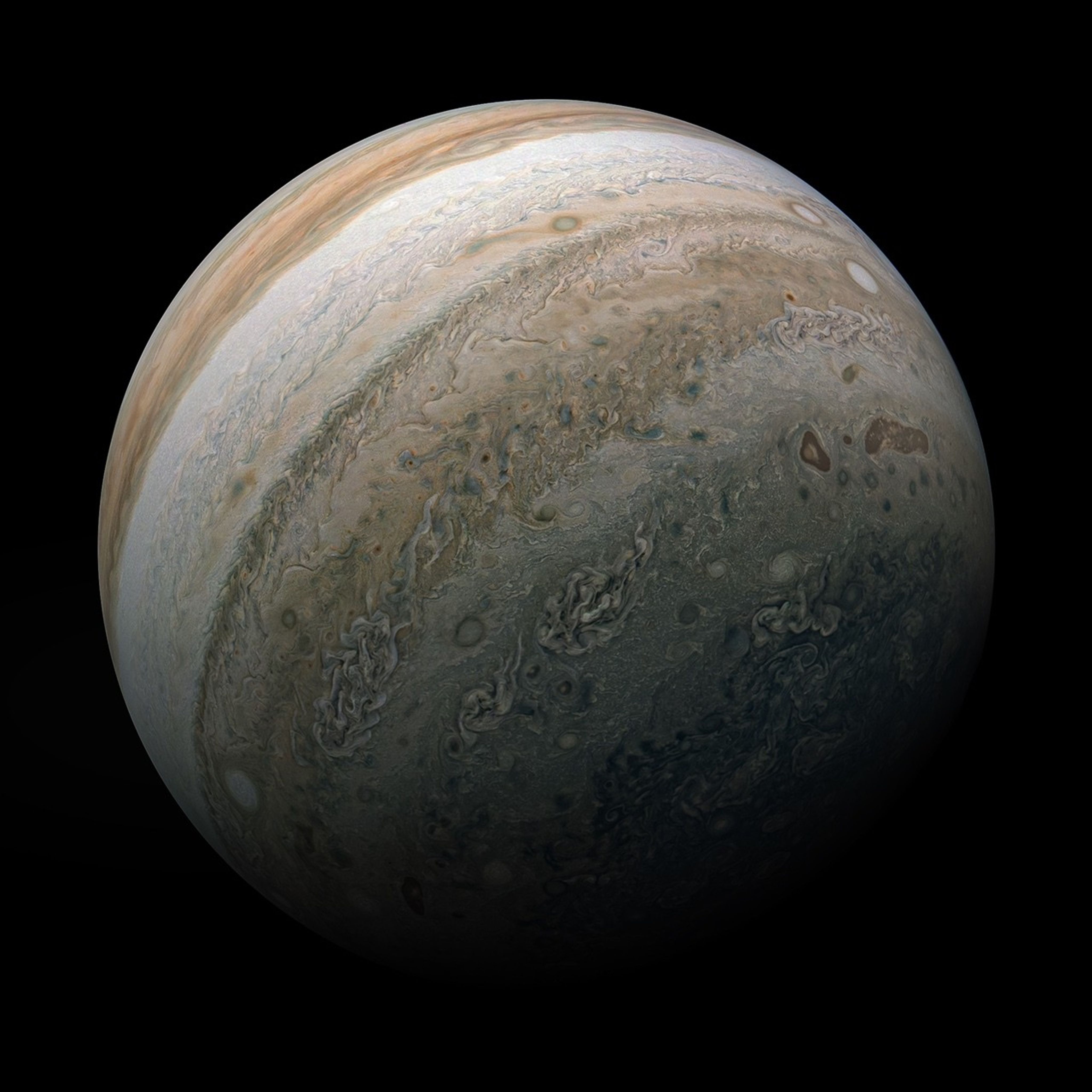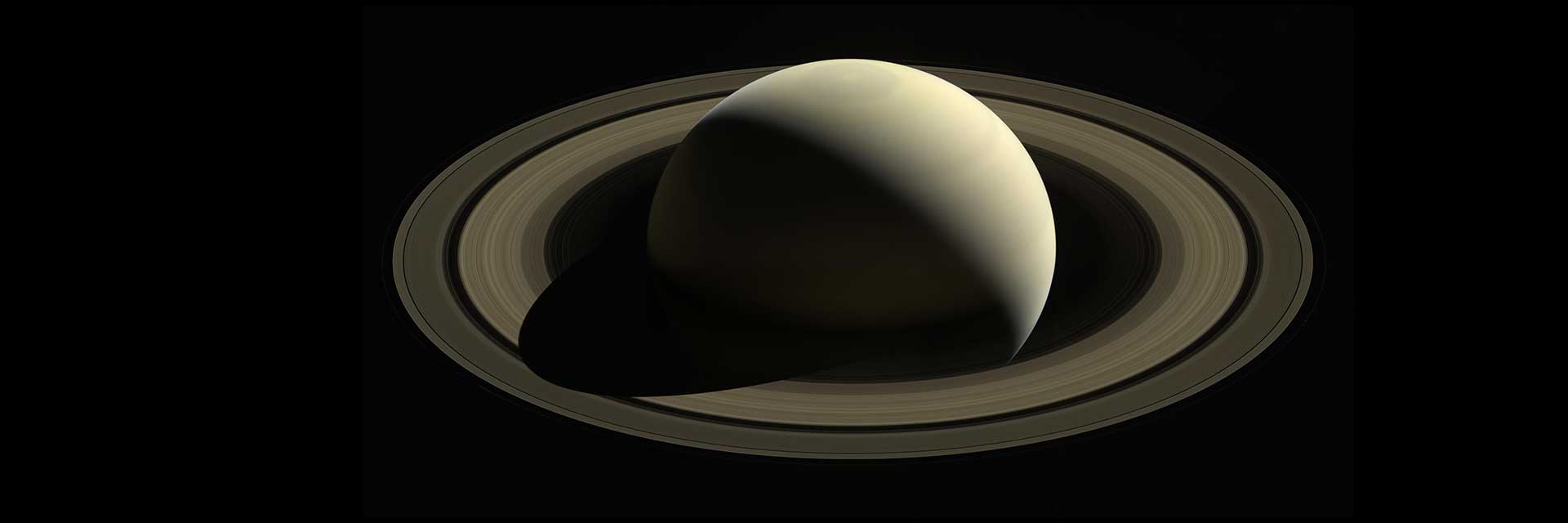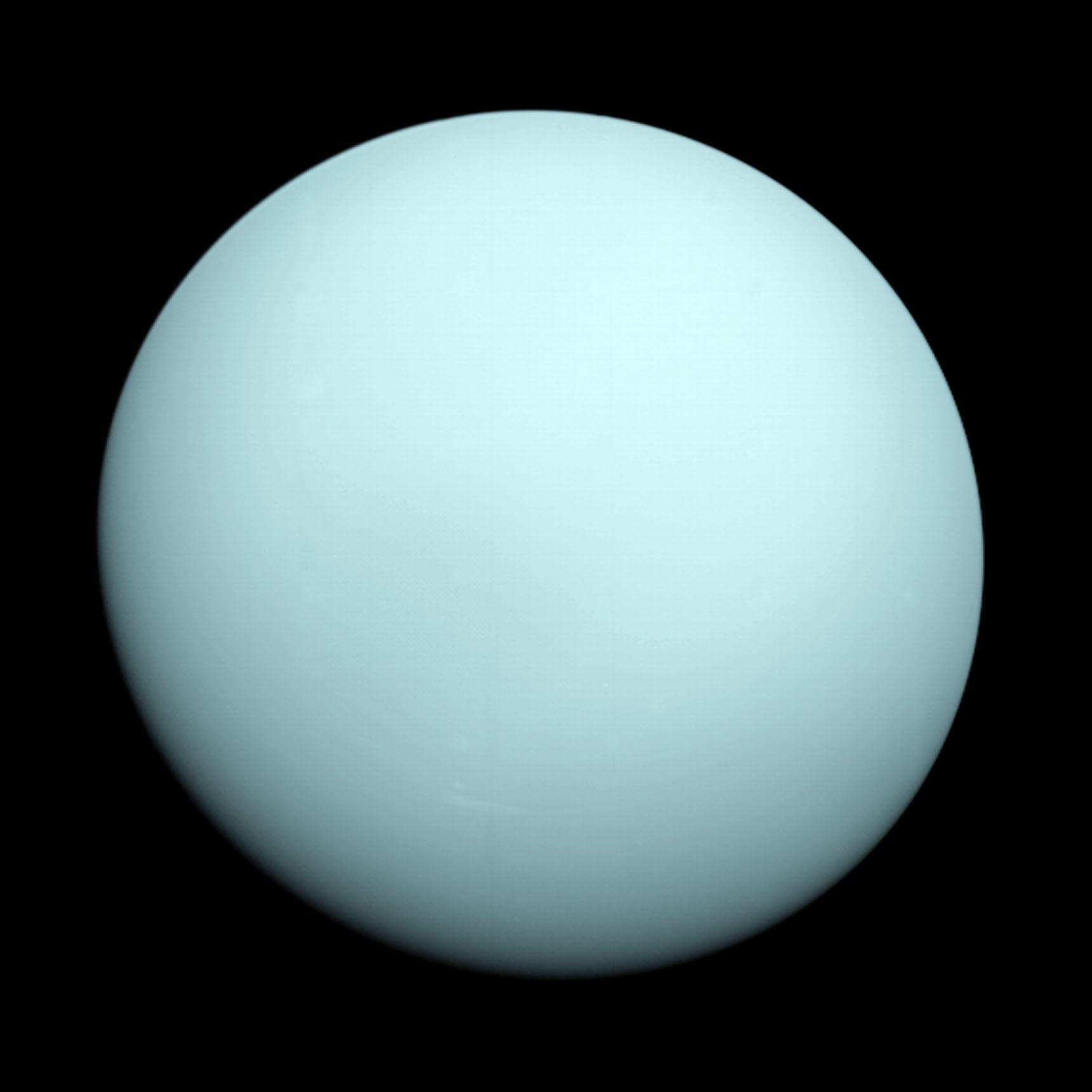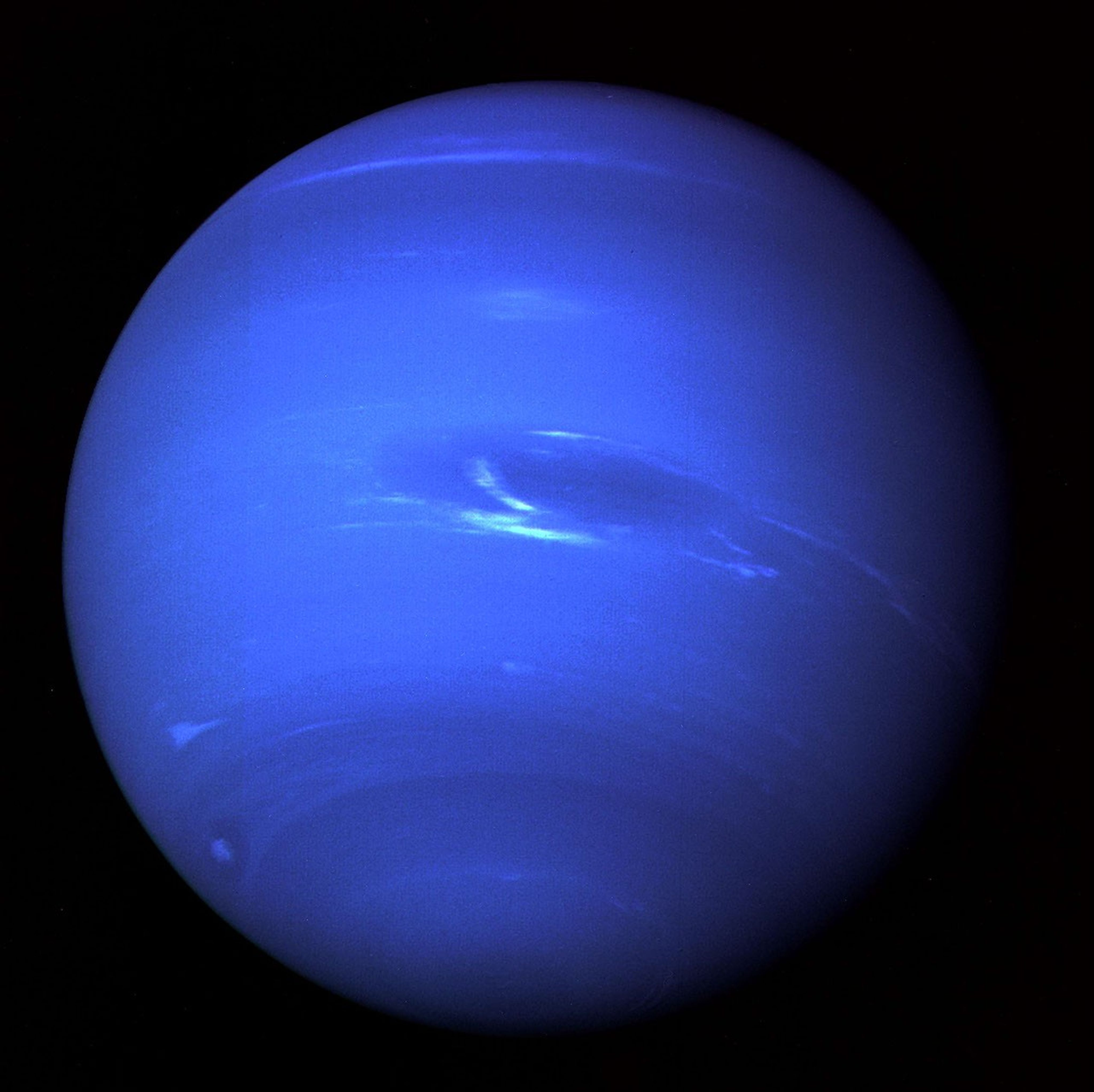Overview
The twin Voyager 1 and 2 spacecraft are exploring where nothing from Earth has flown before. Continuing on their more-than-45-year journey since their 1977 launches, they each are much farther away from Earth and the Sun than Pluto.
Quick Facts
In August 2012, Voyager 1 made the historic entry into interstellar space, the region between stars, filled with material ejected by the death of nearby stars millions of years ago. Voyager 2 entered interstellar space on Nov. 5, 2018 and scientists hope to learn more about this region. Both spacecraft are still sending scientific information about their surroundings through the Deep Space Network, or DSN.
The primary mission was the exploration of Jupiter and Saturn. After making a string of discoveries there — such as active volcanoes on Jupiter's moon Io and intricacies of Saturn's rings — the mission was extended. Voyager 2 went on to explore Uranus and Neptune, and is still the only spacecraft to have visited those outer planets. The adventurers' current mission, the Voyager Interstellar Mission (VIM), will explore the outermost edge of the Sun's domain. And beyond.
- 01
Status
Learn about Voyagers' mission status: where they are in the space, the time required to communicate with them, and a lot more.
- 02
Science
Learn about the five science investigation teams, the four operating instruments on-board, and the science data being returned to Earth.
- 03
Timeline
The Voyager spacecraft have been exploring for decades. Dive deep into the journey with this interactive timeline.
- 04
Spacecraft
Interact in 3D. Take a deeper look at the sophisticated systems and instruments that deliver the stunning science and images.

 This illustration shows the positions of NASA’s Voyager 1 and Voyager 2 probes outside the heliosphere, the region surrounding our star, beyond which interstellar space begins.NASA/JPL-Caltech
This illustration shows the positions of NASA’s Voyager 1 and Voyager 2 probes outside the heliosphere, the region surrounding our star, beyond which interstellar space begins.NASA/JPL-CaltechInterstellar Mission
The mission objective of the Voyager Interstellar Mission (VIM) is to extend the NASA exploration of the solar system beyond the neighborhood of the outer planets to the outer limits of the Sun's sphere of influence, and possibly beyond.
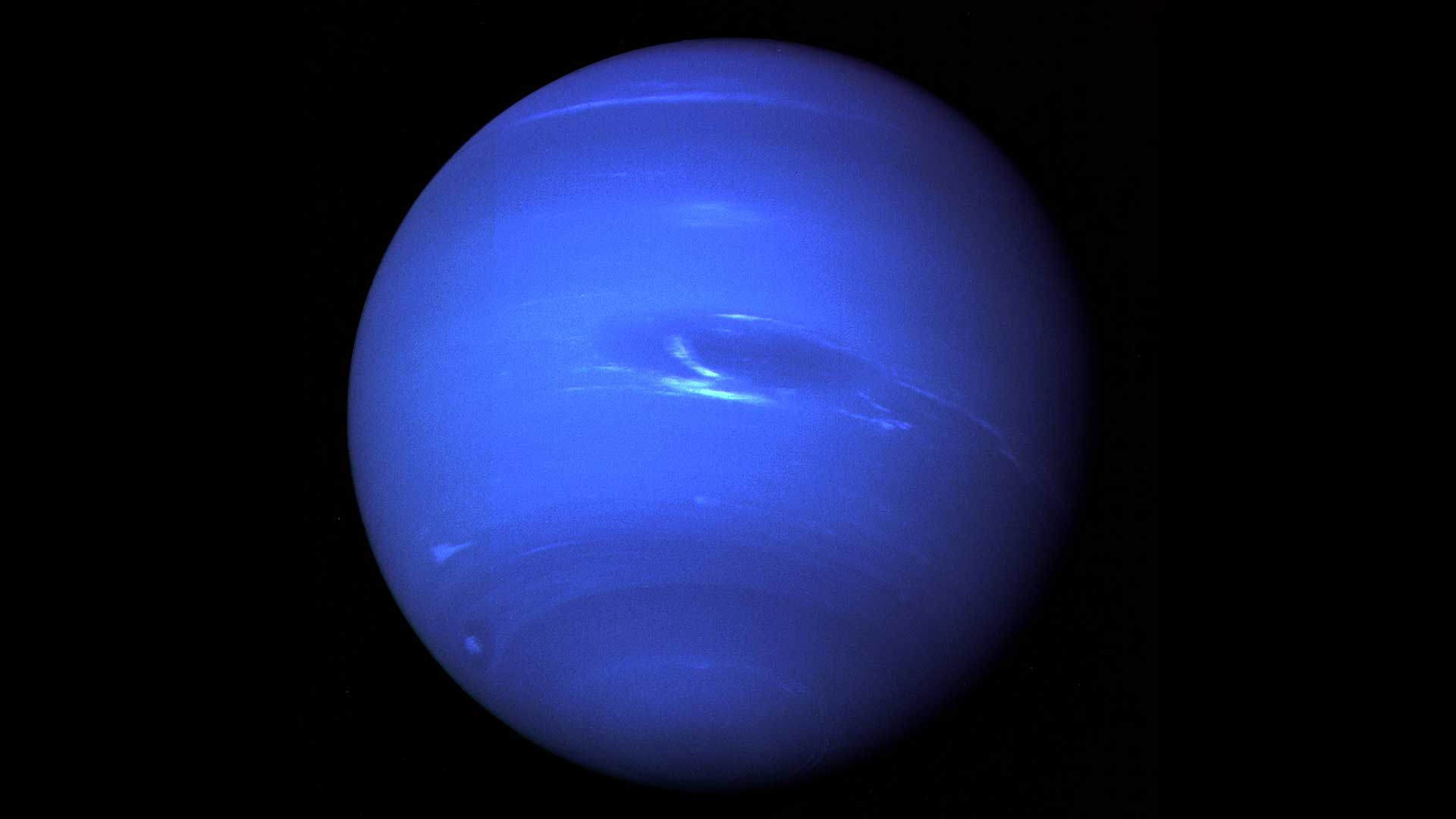 This picture of Neptune was produced from images taken by NASA’s Voyager 2 in the summer of 1989 as it became the first spacecraft to fly by the planet.NASA/JPL-Caltech
This picture of Neptune was produced from images taken by NASA’s Voyager 2 in the summer of 1989 as it became the first spacecraft to fly by the planet.NASA/JPL-CaltechPlanetary Voyage
The twin spacecraft Voyager 1 and Voyager 2 were launched by NASA in separate months in the summer of 1977 from Cape Canaveral, Florida. As originally designed, the Voyagers were to conduct closeup studies of Jupiter and Saturn, Saturn's rings, and the larger moons of the two planets.
